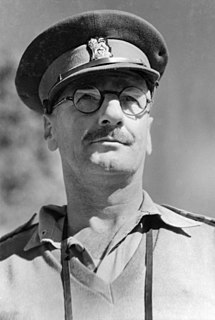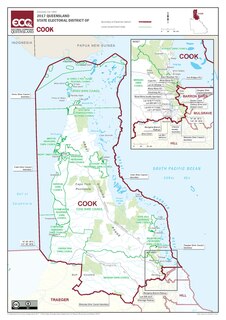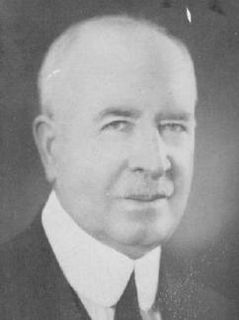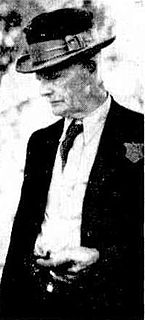
The Queensland Police Service (QPS) is the principal law enforcement agency responsible for policing the Australian state of Queensland. In 1990, the Queensland Police Force was officially renamed the Queensland Police Service and the old motto of "Firmness with Courtesy" was changed to "With Honour We Serve". The headquarters of the Queensland Police Service is located at 200 Roma Street, Brisbane.

Cunninghams Gap is a pass over the Great Dividing Range between the Darling Downs and the Fassifern Valley in Queensland, Australia. The Gap is the major route over the Main Range along the Great Dividing Range, between Warwick and Brisbane. The Cunningham Highway was built to provide road transport between the two regions.

The State Library of Queensland is the main reference and research library provided to the people of the State of Queensland, Australia, by the state government. Its legislative basis is provided by the Queensland Libraries Act 1988. It contains a significant portion of Queensland's documentary heritage, major reference and research collections, and is an advocate of and partner with public libraries across Queensland. The library is at Kurilpa Point, within the Queensland Cultural Centre on the Brisbane River at South Bank.

Major General Sir Robert Joseph Henry Risson, was an Australian engineer, soldier, and tramway administrator. After university he worked for the Brisbane Tramways Trust, later under the auspice of Brisbane City Council, as an engineer and administrator. During World War II Risson served in the Middle East and New Guinea. Following the war he returned to the Brisbane tramways, and became chairman of the Melbourne and Metropolitan Tramways Board from 1949 to 1970. In this position he defended trams, and is considered a major factor in the survival of Melbourne's tram system. Risson had ties with a myriad of professional and community organisations, including the Freemasons, where he served as Grand Master of the United Grand Lodge of Victoria in the mid 1970s. Risson was decorated for his service, holding the rank of major general and being knighted.

Theodore is a rural town and locality in the Shire of Banana, Queensland, Australia. In the 2016 census the locality of Theodore had a population of 438 people.

Cook is an electoral district in Queensland, Australia.

Wallaville is a rural town and locality in the Bundaberg Region, Queensland, Australia. It is 372 kilometres (231 mi) north of the state capital, Brisbane and 43 kilometres (27 mi) south west of the regional centre of Bundaberg. In the 2016 census, Wallaville had a population of 410 people.

William George Thompson was an Irish-born Australian politician. He was an Australian Senator.
The Queensland PGA Championship is a golf tournament on the PGA Tour of Australasia. The tournament is currently held at City Golf Club in Toowoomba.

Byrnestown is a rural locality in the North Burnett Region, Queensland, Australia. In the 2016 census Byrnestown had a population of 34 people.

The Shire of Rosewood is a former local government area in the south-east of Queensland, Australia.

Gladstone Central is a coastal suburb of Gladstone in the Gladstone Region, Queensland, Australia. It is the historic centre and central business district of the city of Gladstone and the seat of the Gladstone Regional Council.

Karl Langer (1903–1969) was an Austrian-born architect in Queensland, Australia. A number of his works are listed on the Queensland Heritage Register.

Jeremiah Joseph Stable (1883–1953) was the first professor of English at the University of Queensland in Brisbane, Queensland, Australia.

William Hamilton was a shearer, trade union official, and member of both the Queensland Legislative Council and Queensland Legislative Assembly.
Jeremiah Francis Donovan was a member of the Queensland Legislative Council.
Robert Joseph Mulvey was a trade union secretary and member of the Queensland Legislative Council.

Ernest Bracher Purnell was a Trade union secretary and member of the Queensland Legislative Council.

James Allan was a draper and a member of the Queensland Legislative Assembly.

Australian women during World War II played a larger role than they had during World War I.

















